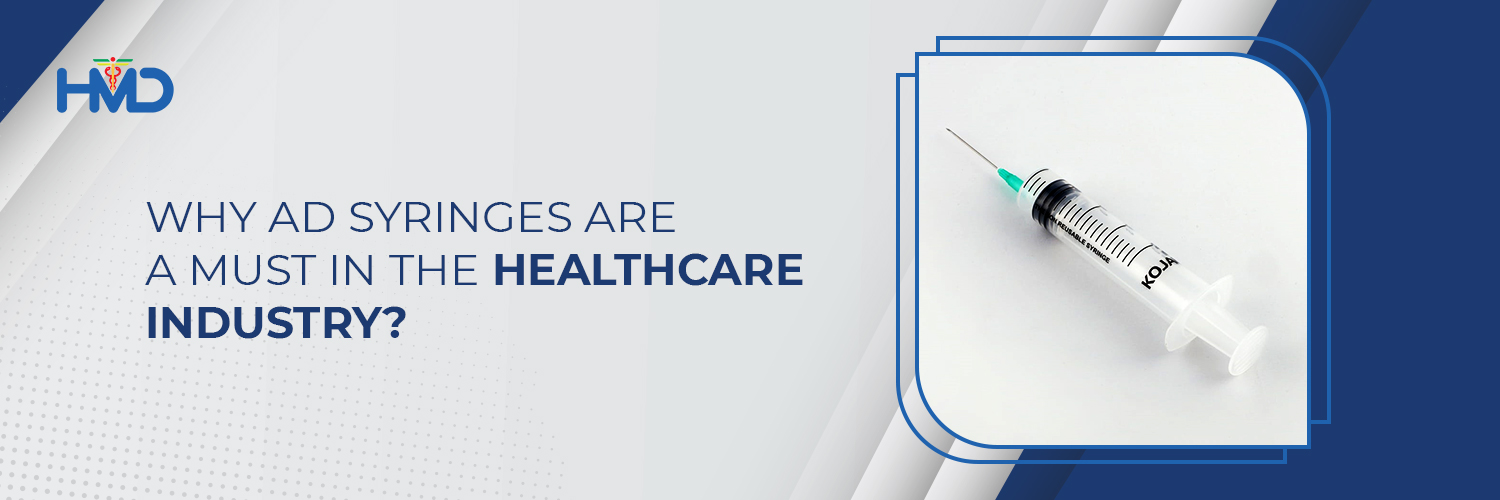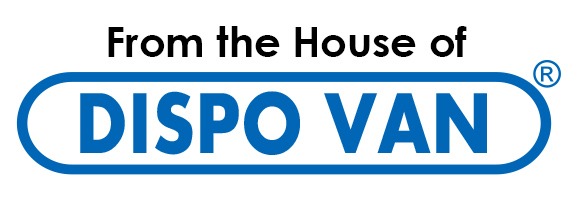

The unhygienic and frequent use of medical needles is one of the major worldwide causes of the transmission of infectious blood-borne diseases. According to a study sponsored by the World Health Organization (WHO) in 2014, up to 1.7 million people contracted Hepatitis B, up to 31, 5000 Hepatitis C, and 33,800 HIV through the use of unsafe injections. Rogue needle use was widespread as glass syringes had a design that made them amenable to reuse.
In 1999 the WHO, United Nations Population Fund (UNFPA), and United Nations Children’s Fund (UNICEF) issued a joint statement for improving injection safety standards, endorsing the use of auto-disable (AD) syringes for administering vaccines both during mass campaigns and routine services. With several initiatives having spurred progress in injection safety since then, there has been a significant drop in infections resulting from the re-use of syringes.
How an AD Syringe Works
The AD syringe is designed for single-use, preventing reuse and the transmission of blood-borne pathogens between patients. It is built with an internal mechanism in which the plunger automatically disables itself after injecting the intended medication. This eliminates the chances of reuse, reducing the risk of contracting an infection due to a contaminated needle. AD syringes are sterile, non-toxic, and easy to use, not requiring any prior training or instruction.
The Importance of AD Syringes in the Healthcare Industry
AD syringes play a vital role in improving healthcare by offering the following distinct advantages:
- Intended for one-time use, AD syringe offers maximum safety by preventing the re-use of non-sterile syringes.
- The AD syringe has a fixed-needle design that minimizes dead space in the syringe, eliminating the wastage of medication and ruling out chances of air bubble entry into the syringe due to the needle being fitted loosely.
- AD syringes are made dose-specific. Hence, no adjustment is required as withdrawing the plunger to full length ensures the correct dose.
- These days, most AD syringes are equipped with “sharps injury protection” features which protect healthcare workers from accidental needle-stick injuries – a common but serious hazard affecting health workers worldwide.
- AD syringes help save logistical costs as they are pre-sterilized and eliminate the need to carry cumbersome equipment such as pressure cookers, stoves, and kerosene to the vaccination site.
- AD syringes are an affordable option, especially when compared to the cost of treating illnesses transmitted via contaminated syringes and needles.
- AD syringes are especially recommended for immunization programs because they cannot be used after a single use, thereby ensuring that people receive their shots safely without having to face the risk of contracting an infection.
Kojak Auto-Disable Syringes
One of the most widely trusted AD syringes in the global healthcare sector is the Kojak AD hypodermic syringe, also known as Kojak Selinge. First launched in India in 2001 by medical device manufacturer Hindustan Syringes & Medical Devices (HMD) Ltd in technical collaboration with United Kingdom-based Star Syringes, the Kojak AD syringe works on a simple yet effective ring & break mechanism which ensures the plunger breaks if re-use is attempted.
The AD syringe is presently playing a critical role in administering the COVID-19 vaccine, and subsequently arresting the spread of the pandemic. One of the top manufacturers of AD syringes in the world, HMD Ltd. is a key international supplier of the syringes to the COVAX facility of the WHO, via UNICEF. In 2021, the medical device giant achieved an unprecedented target of producing over 1 billion AD syringes, bolstering the global COVID-19 vaccination drive.

